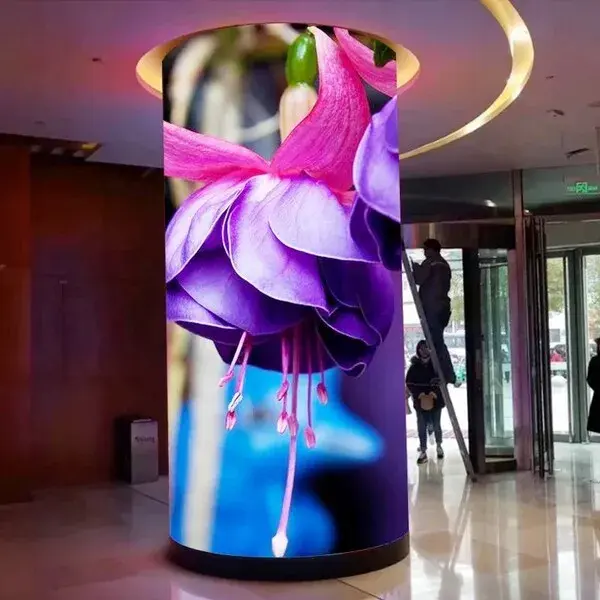Fine pitch LED screens have become a popular choice for high-definition indoor displays, favored by many industries for their superior visual quality. With so many options available, however, selecting the right fine pitch LED display can be a challenging task. This guide aims to simplify the decision-making process, helping you choose the ideal fine pitch LED display for your needs.
Understand Your Needs
The first step in selecting the right fine pitch LED display is to assess your project requirements, budget, and intended application. It’s important to determine the pixel pitch that best suits your needs, considering factors like viewing distance and resolution requirements. This will ensure the display delivers the clarity and visual impact you need.

Evaluating Display Quality
When choosing a fine pitch LED display, the quality of the display is crucial. One of the most important factors to consider is grayscale. Grayscale refers to the range of brightness levels in the display, with higher values allowing for more subtle color variations. For fine pitch LED displays, higher grayscale typically means richer colors and better color saturation. Since these displays are often used indoors, brightness levels may not be as high as outdoor screens, but the grayscale should still be sufficient to maintain color quality. Pay attention to the grayscale and color saturation to ensure optimal display quality.
Cost Considerations
Fine pitch LED displays tend to be more expensive than other types of LED displays due to their advanced technology and manufacturing processes. The fine pitch design, with closely spaced LED pixels, provides exceptional image clarity and is ideal for high-definition applications. For example, displays with a pixel pitch of 2.0mm or smaller are part of the fine pitch series, offering resolutions from 2K to 8K. This results in images that are both detailed and vivid, which cannot be matched by larger pitch outdoor or rental screens.
Installation and Maintenance
It’s essential to consider the ease of installation and maintenance when choosing a fine pitch LED display. Look for a display that offers flexible installation options and straightforward setup. Additionally, consider how easy it will be to repair the screen if issues arise, and whether the supplier provides reliable technical support. Opting for a display that requires minimal maintenance and is easy to install can save time and reduce operational downtime.
Application Scope
Fine pitch LED displays are versatile and can be used in a wide range of environments, including studios, control rooms, exhibitions, and science museums. However, in live event settings where the viewing distance is limited, such as on stage or during performances, fine pitch displays may not be the best choice. In these cases, other types of displays that are optimized for large audiences may be more appropriate.

Conclusion
Fine pitch LED displays have evolved rapidly in recent years, offering advanced technology and broader application possibilities. They are now a significant part of the LED display market, with many manufacturers offering various models. Choosing the right display can be a challenge, but with the right approach, you can make an informed decision.
In conclusion, purchasing a fine pitch LED display requires careful planning and thoughtful consideration of your specific needs. Be sure to select a display that meets your requirements in terms of performance, installation, and maintenance. Additionally, remember that fine pitch displays should be paired with the right solutions to ensure they perform optimally in your specific setting.
By following this guide, you’ll be well-equipped to choose a fine pitch LED display that offers outstanding performance, reliability, and value for your investment.

